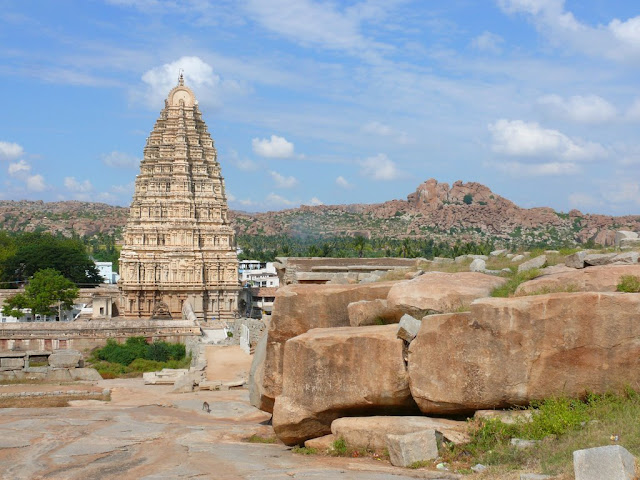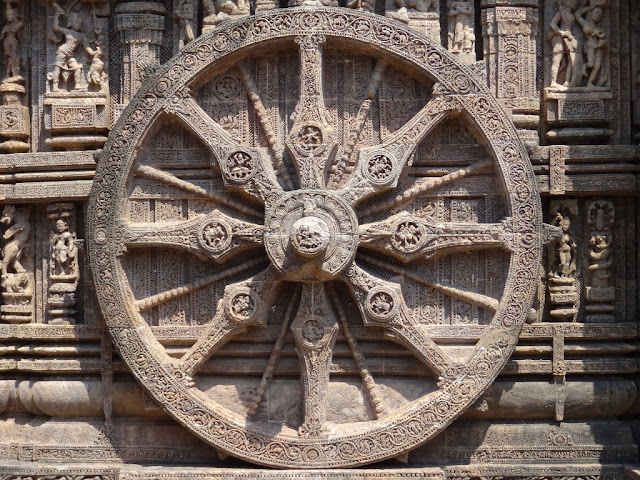Located at northern part of the Karnataka, within the range of the Bellary district. This city was developed around the Virupakksha Temple at Hampi; original religious center at Hampi. Most part of the city lies on bank of Tungabhadra river. Vijaynagara city was capital city of Vijaynagara Empire which was spread around northern part of India. Vijaynagara was the most powerful kingdom of its time, which was extended over most part of the southern India. Vijaynagara was founded by Harihara and Bukka; two brothers, well known as Sangama brothers. The whole empire was built under the supervision of Harihara, which was further expanded by his brother Bukka Raya. After basic establishment, the Nagara tried defensible tactics and move towards secure location on southern part of the river. You can find the clues of massive wall that was built to enclose the whole area. The walls enclose more than sixty square miles area. Most of the area of this Nagara was fields and gardens, which was watered by the canals of Tungabhadra river.
The
majority of houses were built with Hindu architectural style, and
most of them were palaces, temples, public buildings, busy markets,
and all other construction that require for a well develop Nagara.
According to some historians size of this whole city was twice of the
worlds biggest European city Paris. Had approximately 500000
inhabitants. Because of its cultural values and architectural
suprimacy this city was included in the list of World Heritage Sites.
The important construction found in the city are Virupaksha Temple,
Krishna Temple, rock cut idols of Lakshmi and Narsimha, Sugriva's
cave where Rama meet Hanumana, Kodandarama Temple, Vittala Temple and
many more historical constructions are present at this place.
How
to Reach
By Road
You
can reach this place from Bangalore, which is 350 km away. Karnataka
State Corporation buses will take you to the destination from the
Bangalore. Private bus options are also available to reach out this
place. To explore the complete area you can also get Bicycle, which
is more suitable for you.
By
Plane
The
nearest airport from this place is Hubli, which is 143 km away from
this place. Where you can get flight for major cities of India.
By
Train
The
nearest railway station Hospet is at 13 km away from this place.
Best
Time to Visit
Hampi's
climate is generally dry and hot. March
to early June is the summer. Monsoon brings some wet weather that
typically lasts from late June to early August. The colder period of
the year is from November to February. Irrespective of the climate,
Hampi is open for visitors all round the year.
Map of Hampi
Map of Hampi
View Larger Map






























